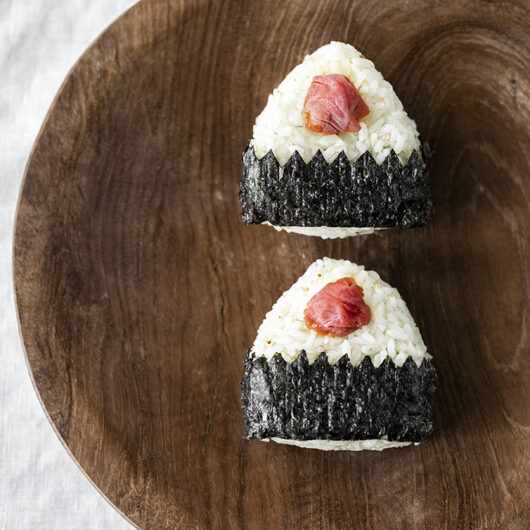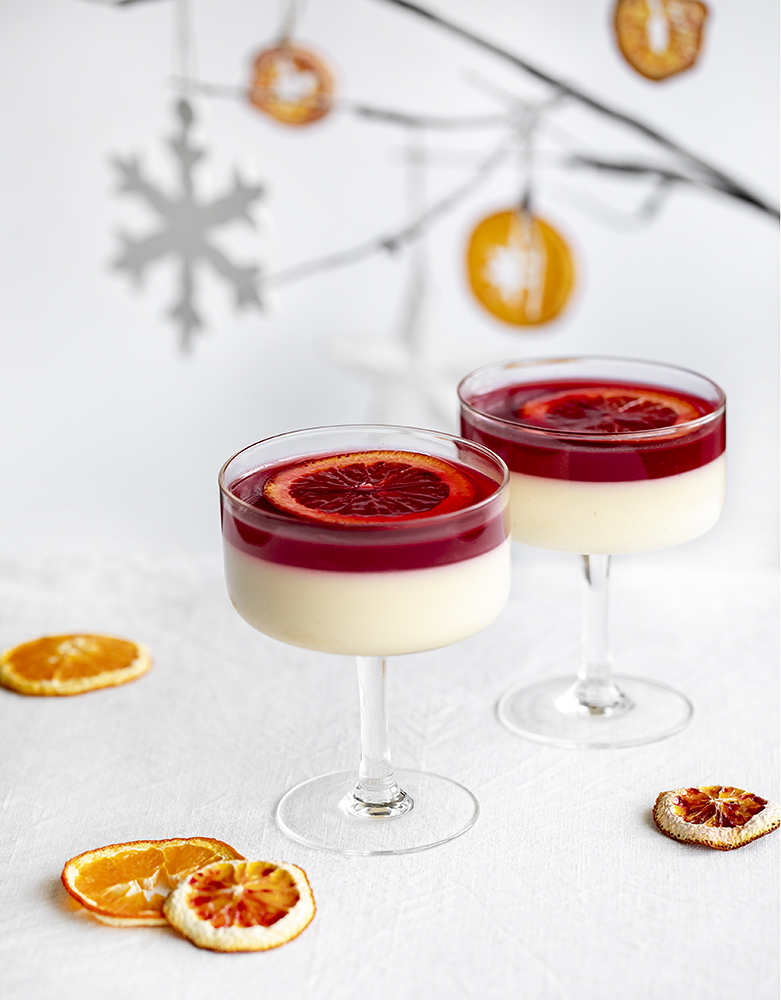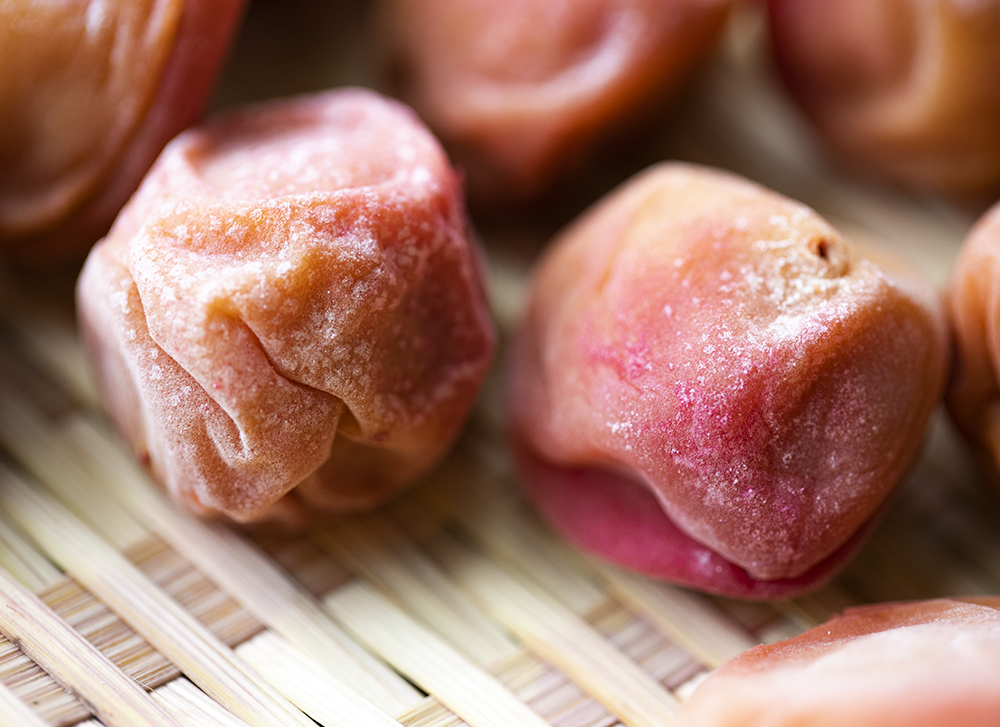
Hope you already have seen my post about young green ume and experience with Umeshu. Ripened ume has an amazingly sweet fragrance that is more fragrant than young ume. The ume fruit is more sour than the Western plum or apricot and is usually processed in various ways before eaten. They are technically edible when fully mature, but they are still quite bitter and dry when compared to common plums or apricots. The most popular processed form is the umeboshi, a sour, pickled plum, which is usually enjoyed with cooked rice, we love it in onigiri in our family. For umeboshi, the ripe ume apricots are pickled through a salting and drying process that renders them very tart, very salty and full of umami. Homemade umeboshi is much, much better than store-bought.
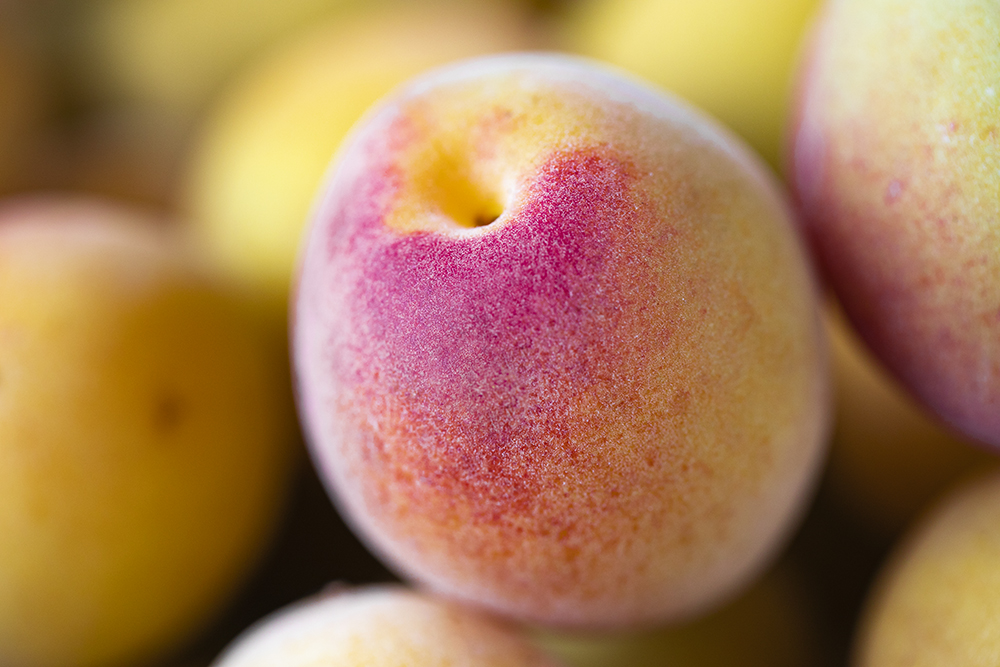
For the recipe you will need:
- 1 kg ripe ume (Japanese plum)
- 100g organic salt (non-iodized)
- 100g red shiso leaves + about 1 Tbs organic fine salt (non-iodized)
Kitchen equipment:
- ceramic pot with a lid
- the weight that is at least half as heavy as the ume plums (about 500g)
- Japanese bamboo strainer basket
Many thanks to my friends from NZ Yuzu for providing the beautiful ume and shiso leaves.
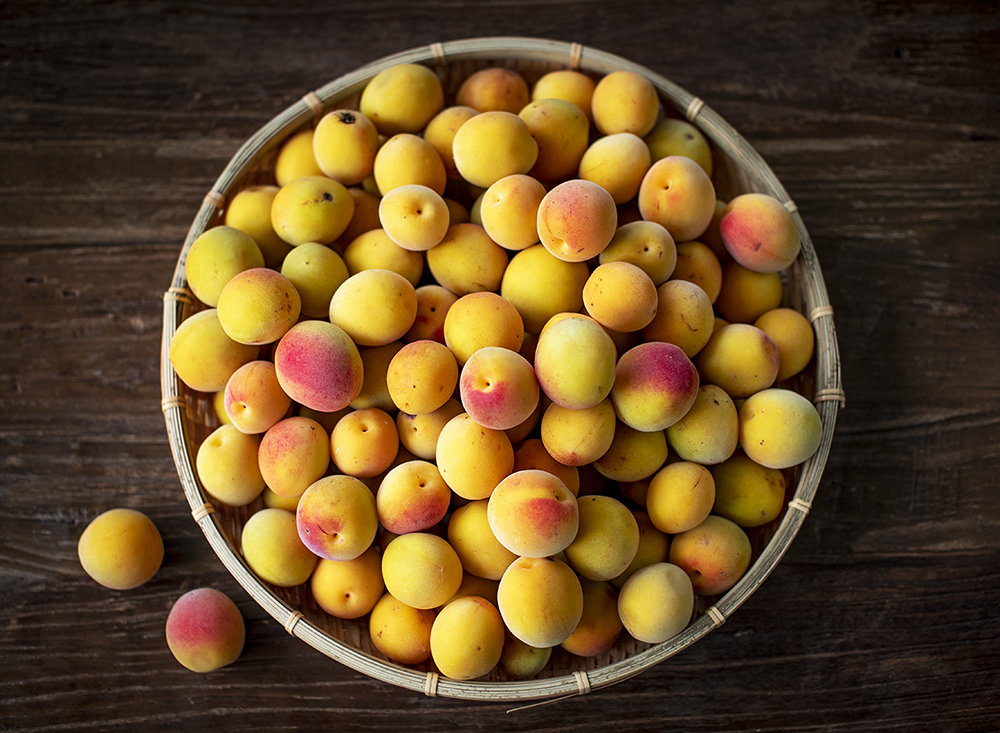
Umeboshi. Step 1. Salt.
To make umeboshi. Carefully remove any remaining stems, wash ume apricots in a few changes of water, then fill a large bowl with cold water and leave the ume plums to soak overnight. This gets rid of some of the bitterness in the plums. Place drained fruits in a deep clean ceramic bowl or pot. Sprinkle ume with fine salt, you will need organic (non-iodized) salt, 10% of the weight of the ume. Cover the pot with a plate then put on a weight that is at least half as heavy as the ume plums. Leave the pot in a cool, dark area of your house for about 3 weeks.
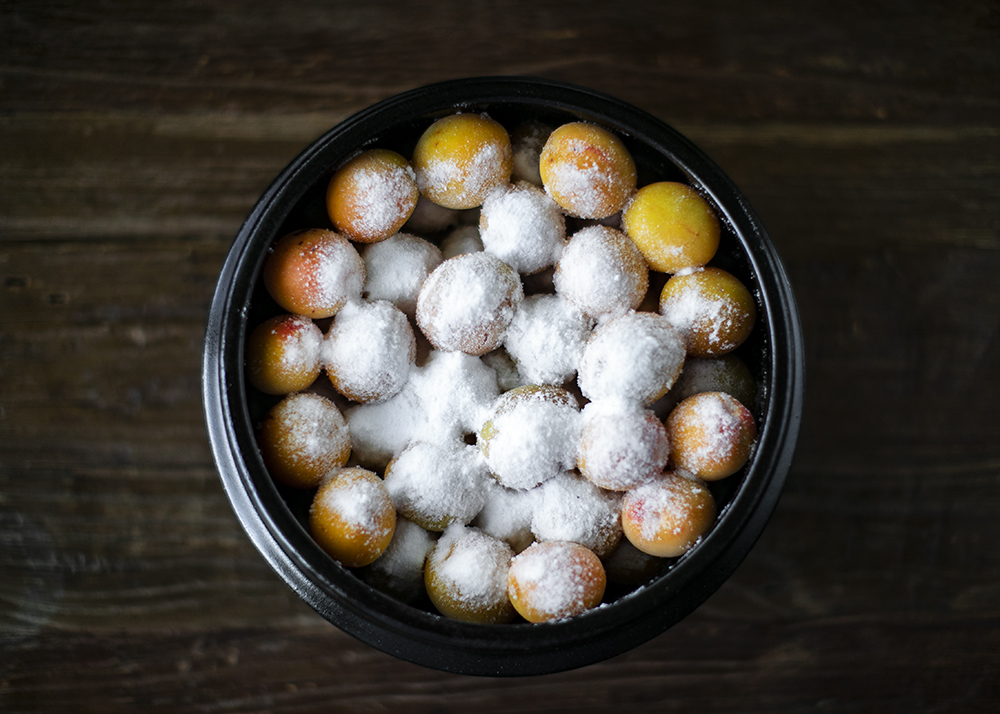
Umeboshi. Step 2. Red shiso.
Shiso leaves also known as perilla are either red or green. Green shiso leaves are usually served raw with sushi and sashimi. Red shiso leaf (swipe the photos) is mainly used to colour umeboshi and pickled ginger. The shiso leaf turns bright red when it reacts with the umezu, the vinegary brine that wells up from the plums after being pickled. Don’t need much to give the colour. Shiso also adds a bit of flavour and antibacterial properties.
The red shiso is often described as having an anise flavour, whereas the green variety is said to be spicier and more like cinnamon. Use about 10% of the ume in weight of shiso leaves – so for 1 kilo of ume plums, use 100g of shiso leaves. Wash shiso leaves, drain, take off any tough stems, sprinkle with a little organic salt and massage the leaves with your hands until they are limp. After three weeks of the salting process, you will see a lot of water released from the ume. Place the shiso leaves into a clean bowl, add 1 cup of ume juice from the pot, mix well and put it back on top of ume in the pot. No need to put the weight this time, just put the lid on. Leave the pot in a cool, dark area of your house for 1 week.
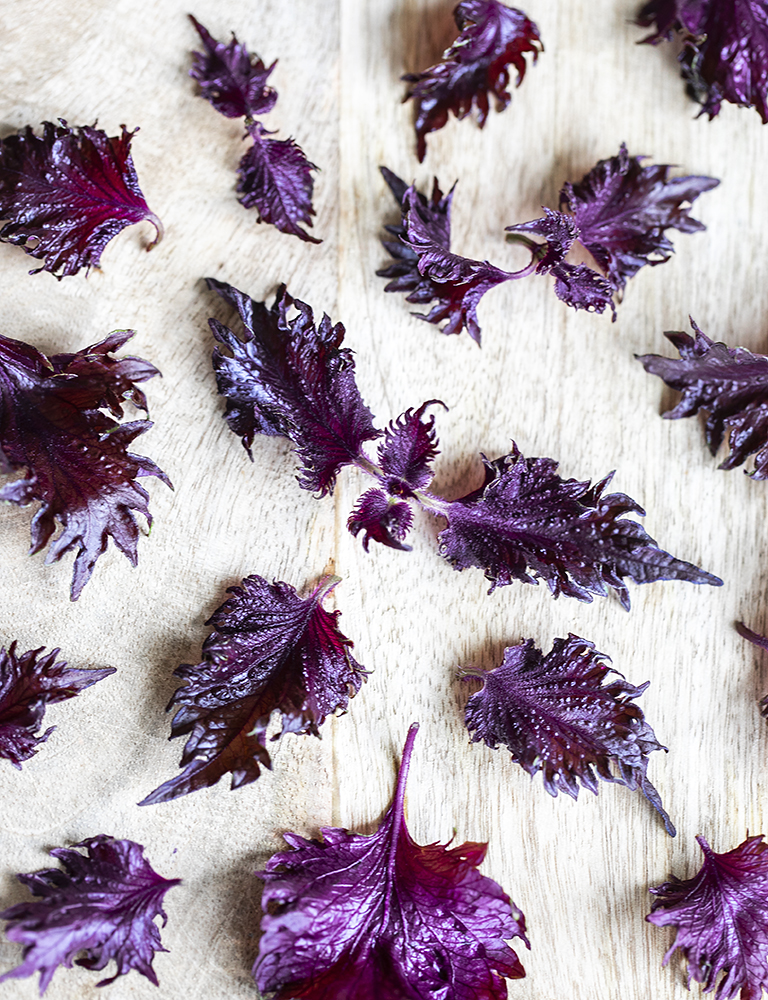
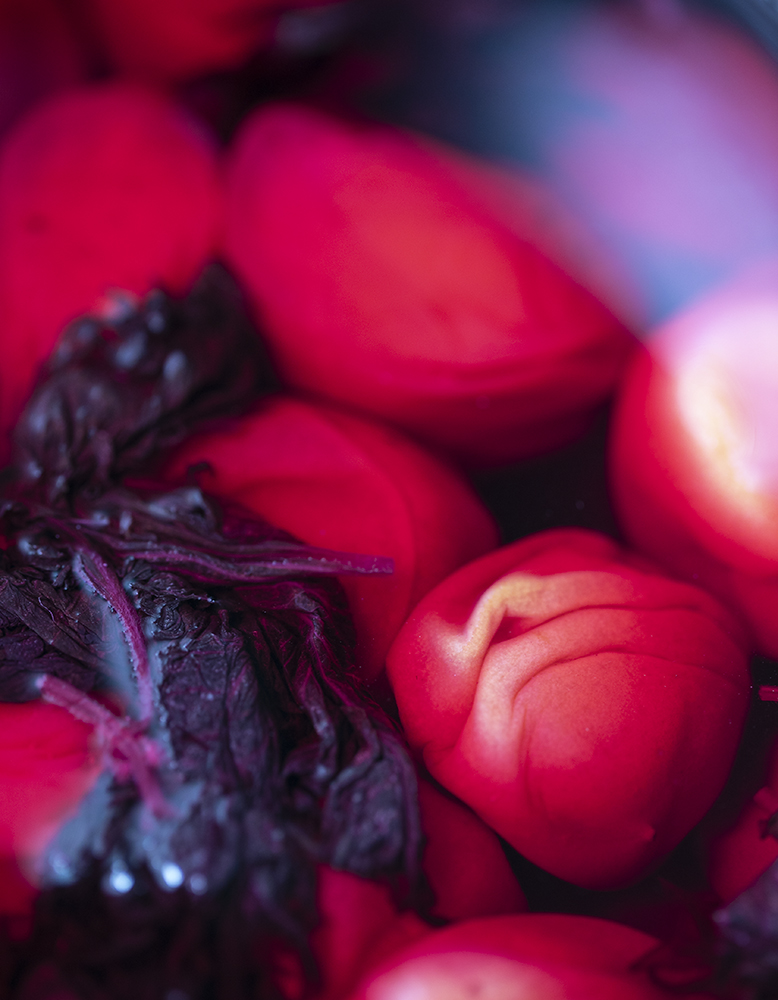
Umeboshi. Step 3. Drying process and umezu.
After one week of salting and colouring with shiso, take all the plums out from the pot, place them onto sieves or flat strainer and let them spread over sieves in a single layer. Let them sun dry for about 3 days. Reserve the liquid, this is umezu (plum vinegar). Umezu is a salty, acidic and full of umami. Swipe the photos, beautiful colour isn’t it? Use it for making pickles and pickled ginger.
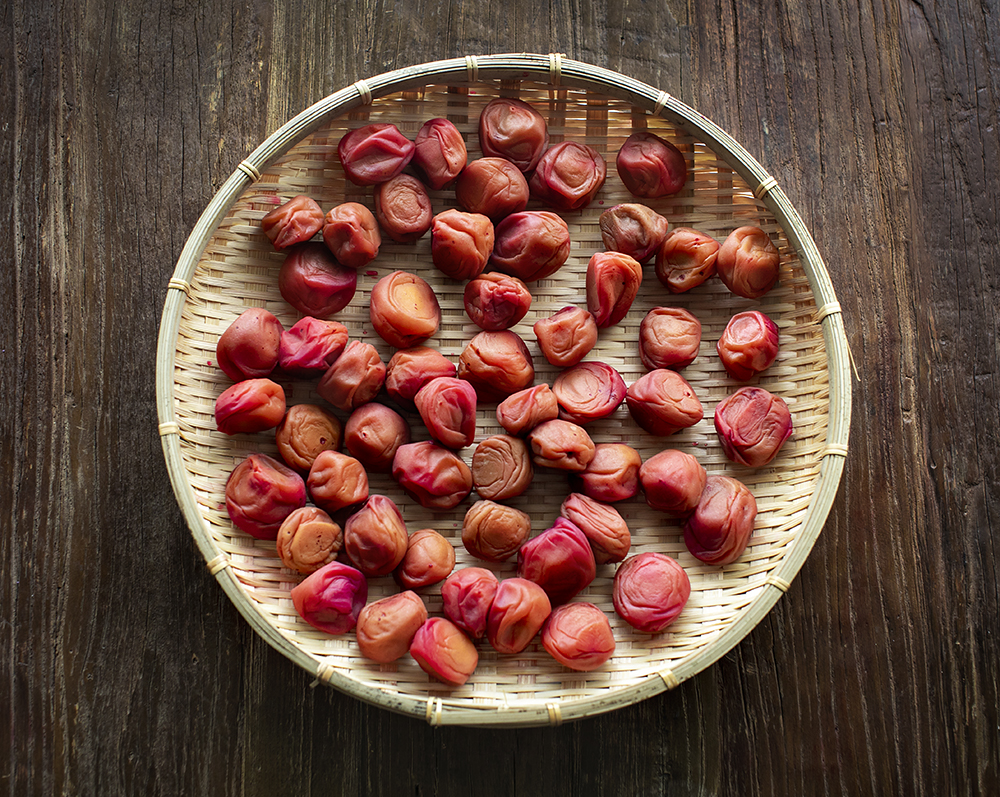
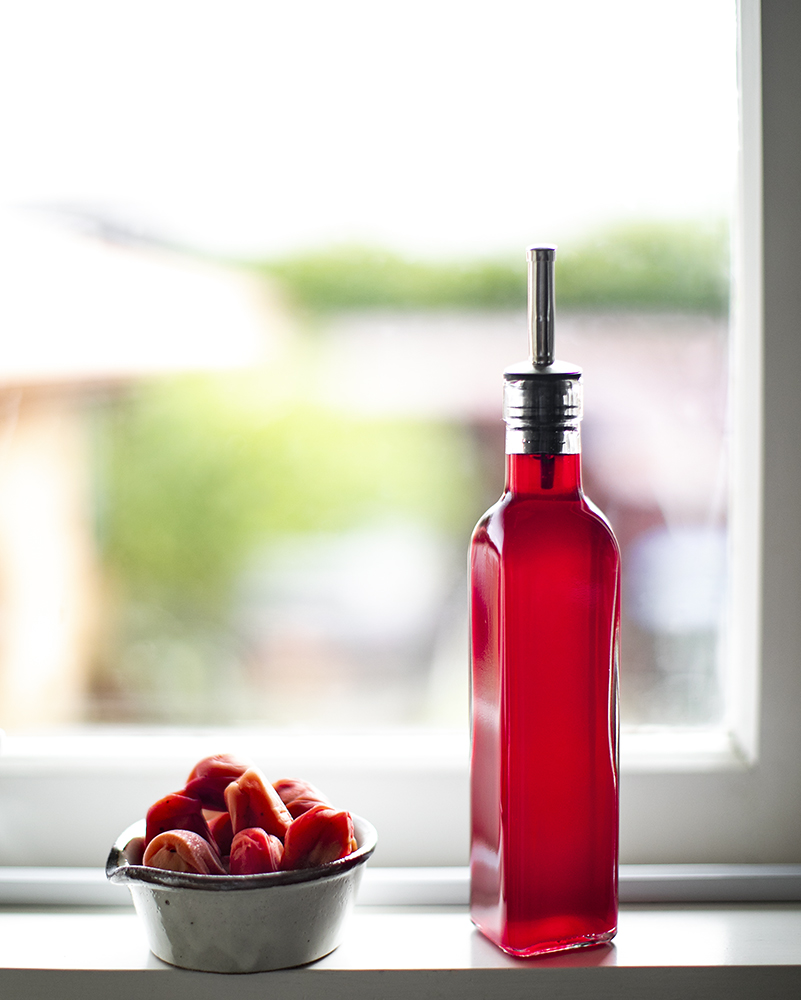
Umeboshi. Step 4. Curing. Umeboshi Onigiri
After three days of drying, repack umeboshi into sanitized jars for final curing which can take 12 months and more, up to you, do a taste test. First time I tasted umeboshi in my friend house, it was 8-years old umeboshi from real Japanese grandma
During our last travel through Japan in February I have had a chat with umeshu (Japanese plum wine, see my previous posts) truck owner, we talked about the magic of fermentation and tasted 21 years old plum wine (never been opened during 21 years!). He told the story, his grandma has 50 years old umeboshi at home, they are salty as the sea, but the aroma is amazing. Umeboshi plums have a long history and have been used over thousands of years to cure dysentery, fight typhoid fever, and help with food poisoning. Japanese samurai soldiers took umeboshi with them while going to battle because the fruit was preserved and able to be stored for an indefinite amount of time.
Hope you will enjoy the onigiri recipe too. Onigiri is balls of rice, usually wrapped with nori seaweed and containing some filling. This is a quick and easy snack with only 3 ingredients required.
Homemade Umeboshi (Japanese pickled plum). Umeboshi Onigiri.
Course: Snacks, LunchCuisine: JapaneseDifficulty: Easy4
servings15
minutesWhat could be better than umeboshi onigiri for lunch, healthy, filling and delicious food. Onigiri are balls of rice, usually wrapped with nori seaweed and containing some filling. This is a quick and easy snack with only 3 ingredients required.
Ingredients
2 cups cooked Japanese rice (warm)
2 pitted umeboshi (Japanese pickled plums), cut into halves. If you don’t have homemade umeboshi, you can find it in Japan Mart
nori sheet, cut into four parts
salt, sesame seeds, or your fave Japanese seasoning (optional)
onigiri mold (optional)
Directions
- Prepare all the ingredients. First, wet both of your hands with water in order to prevent the rice from sticking to your hands. Then put pinch of salt in your hands and rub to spread all around your palms. Scoop out a handful of warm rice into one hand. Press the rice gently form the rice into a triangle. Use your palm to make a triangle corner (the Mount Fuij top, how cute it is). Your hands should be just firm enough so the onigiri doesn’t fall apart. You will also need to prepare the right rice. If the rice is too dry and does not hold moisture, it will not stick together. Don’t squeeze the rice too tight. And keep rotating the rice ball on the palm while you squeeze every rotation. Wrap the onigiri with nori seaweed. Place the pitted umeboshi on top. You can also put umeboshi in the center of rice. Enjoy!

